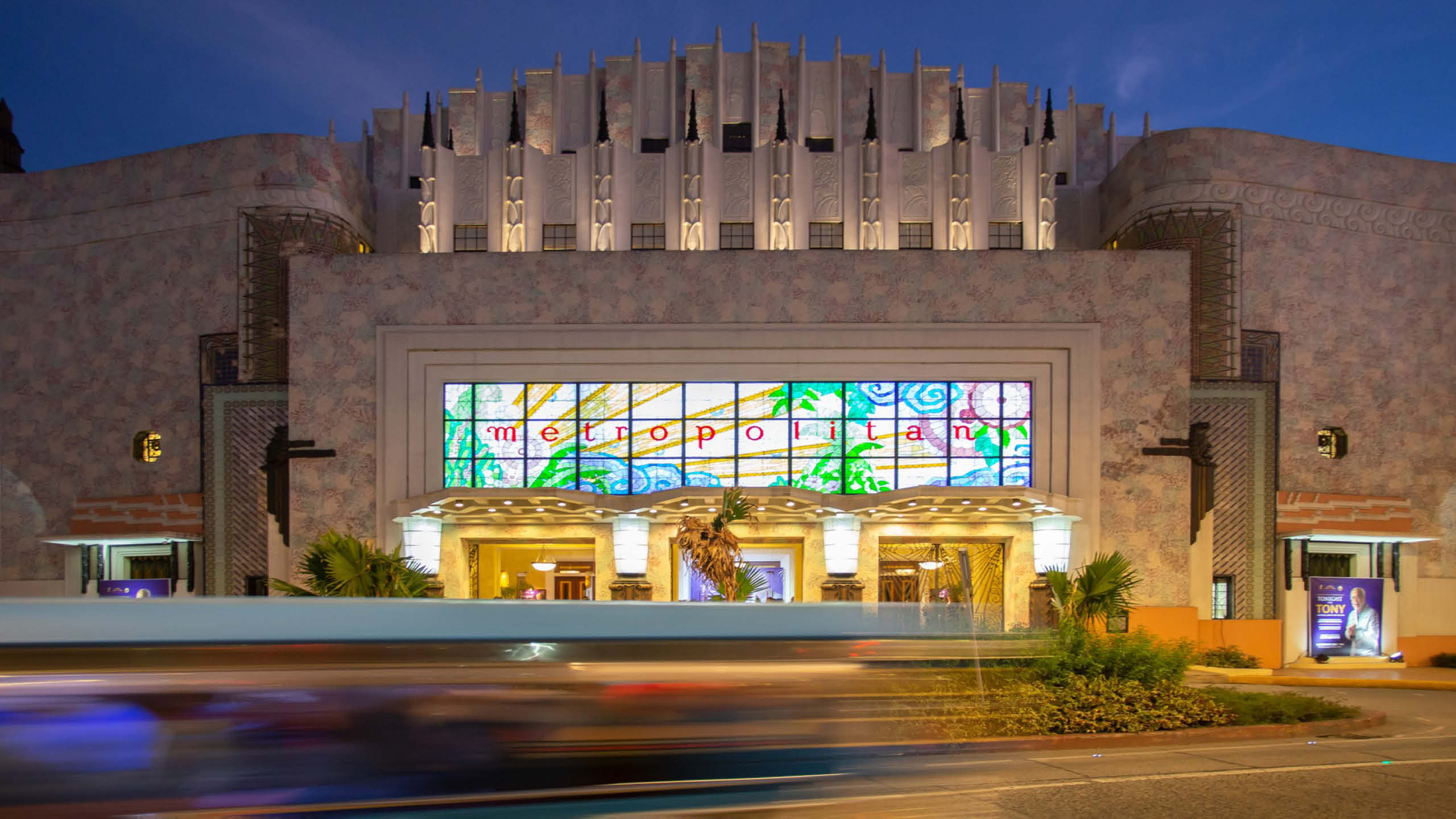
The Romantic Architecture of Old Theaters
There was always something romantic about the theaters of the older times. For the longest time, they were venues for the arts, spaces amplifying stories through architecture and design. They enhance the community’s culture and values, and work as a space where better conversations can happen too. In the 1920s and 30s, they bore the robust and classic Art Deco style recognized for sleek and linear looks and geometric patterns. Following this trend, Manila’s local architecture also flaunted Art Deco theaters, attracting influentials. From Rizal Avenue to Escolta Street, and Quezon Boulevard, these theater palaces gleamed.
Among these iconic places include
The Manila Metropolitan Theater

The Grand Dame of Manila is set on Padre Burgos Avenue at Ermita. Built in 1931 by Art Deco master Juan Arellano, it’s one of the most iconic structures in the country and poses as a grand meeting place of the arts.
Related read: Juan Arellano’s Mastery and His Art Deco Buildings
Capitol Theater

One of Escolta’s most iconic buildings, built by Juan Nakpil in 1935, the Capitol Theater in Binondo was a modern building in its time. Its Art Deco facade featured statues depicting Filipina muses, artwork done by Francesco Riccardo Monti.
Times Theater

Designed by Luis Ma. Araneta, Times Theater was one of the most luxurious cinema houses in Manila during the early 40s, 50s, and 60s. Found along Quezon Boulevard, it was the first theater to introduce black light for decorative effect.
These are old structures. Some already torn down but they existed in a time when Manila was a vibrant setting filled with architecture inspired by romance and art.


